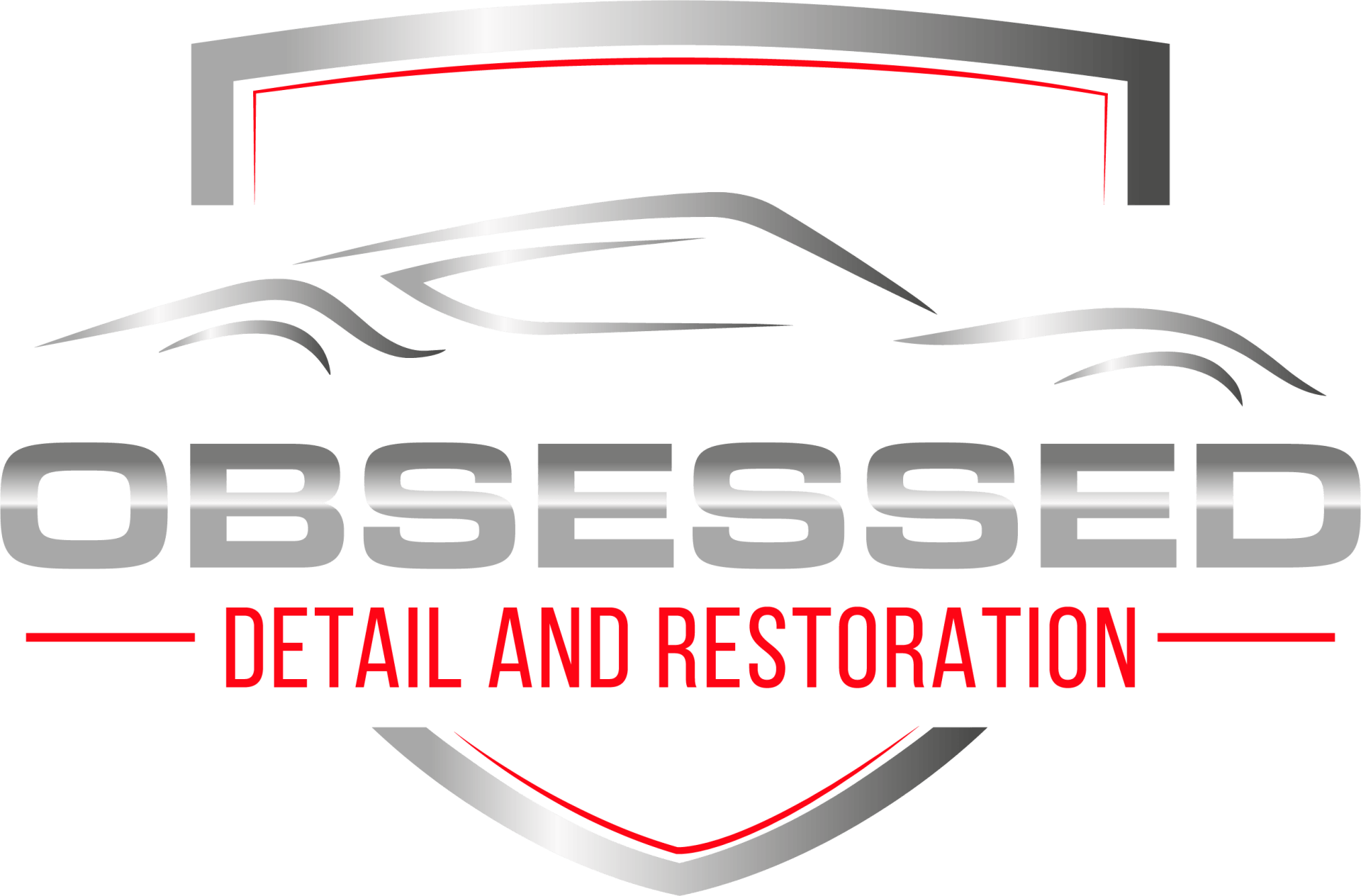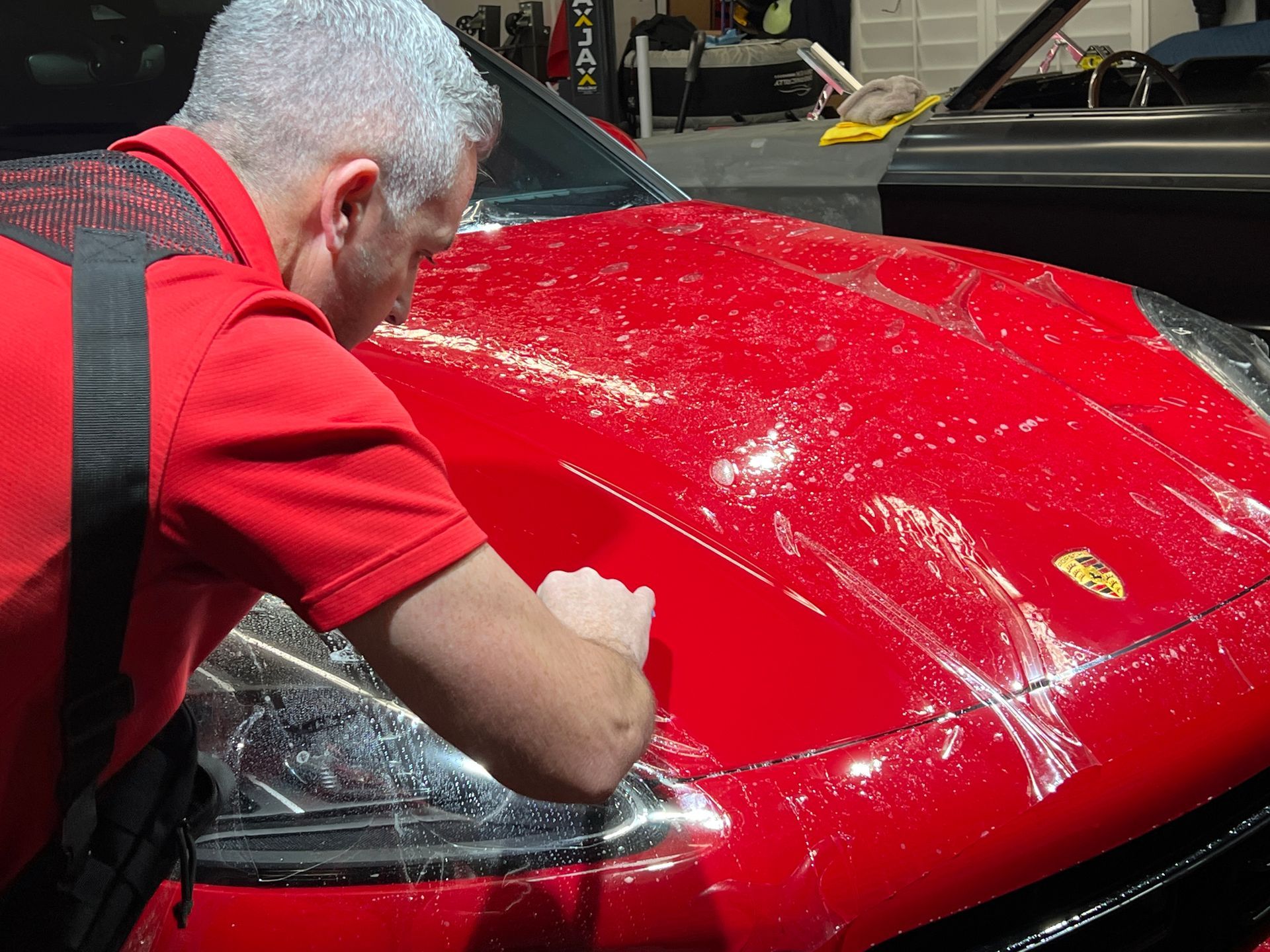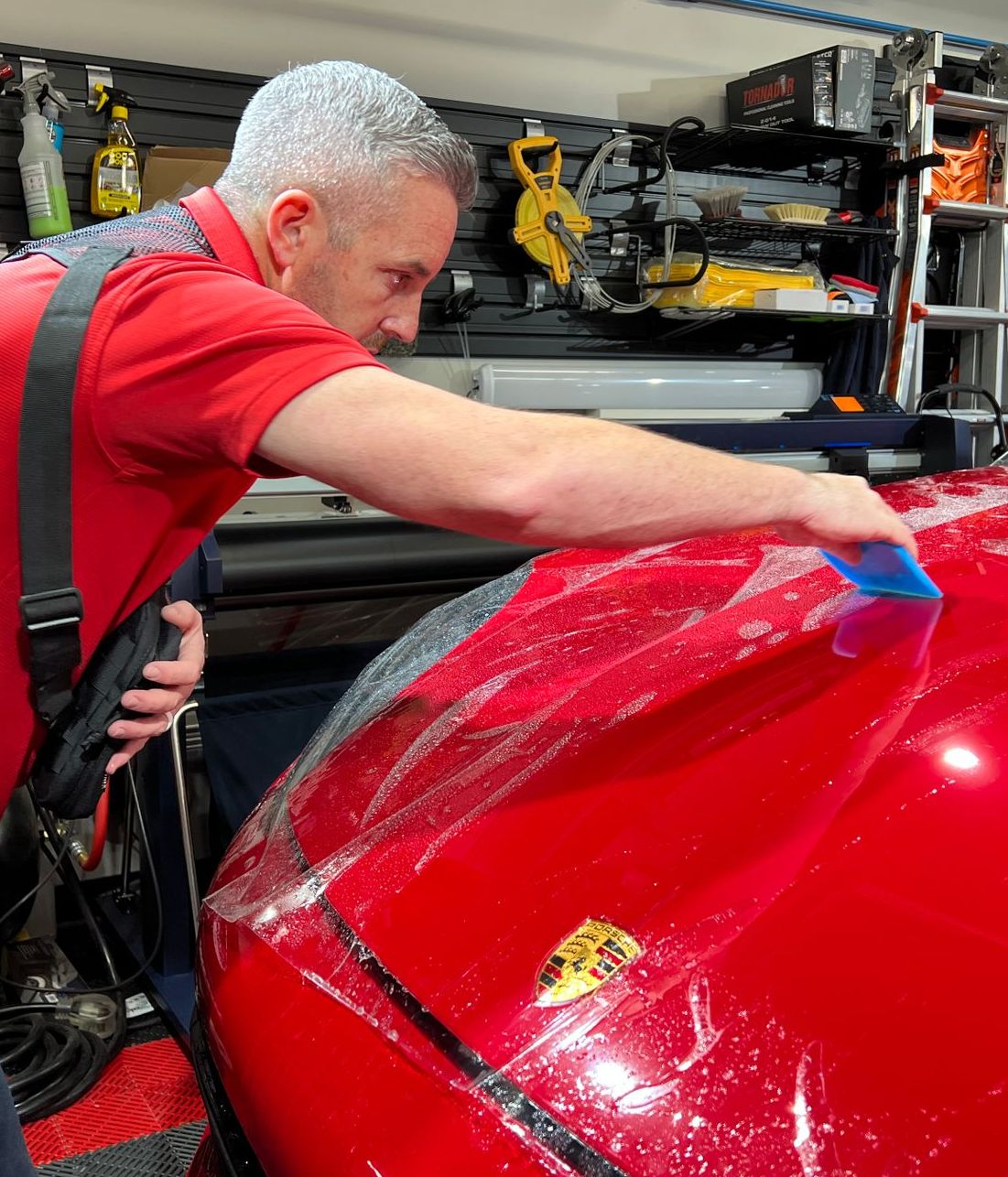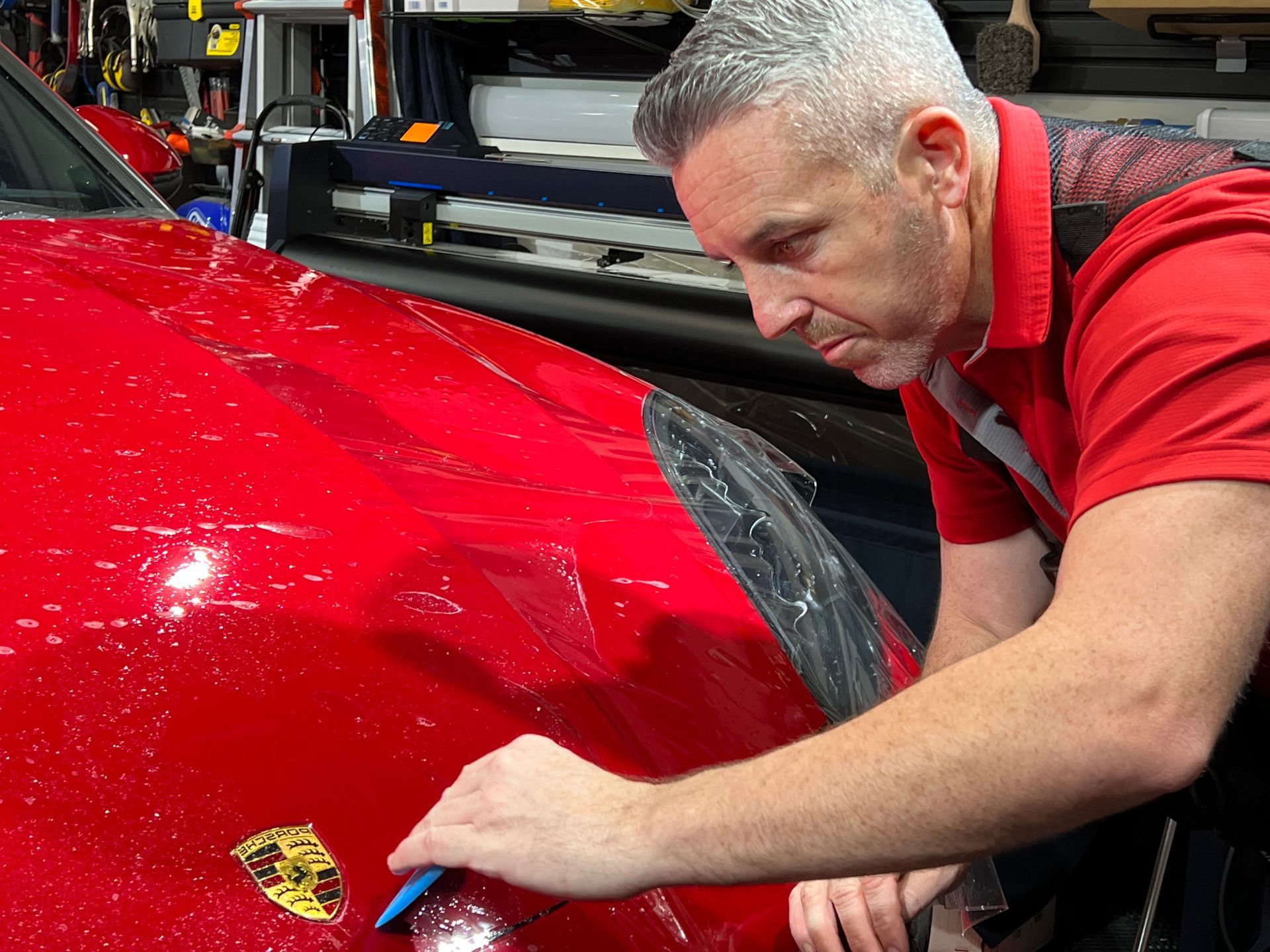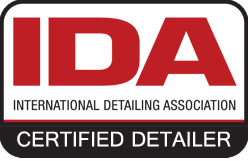DIY PPF vs. Professional Installation: Pros, Cons, and Cost Comparison
Deciding whether to take matters into your own hands or rely on a pro is a familiar fork in the road for many car enthusiasts. For paint protection film, this choice often boils down to balancing budget, skill level, and desired results. While DIY PPF applications might seem like the budget-friendly route at first glance, hidden costs and potential pitfalls could change your mind. By breaking down material expenses, comparing time investments, and outlining both sides of the argument with detailed facts, we’ll guide you through understanding which option best protects your car’s finish and gives you peace of mind.
The pros of DIY paint protection film installation include cost savings and the ability to learn valuable skills, while the cons involve the risk of errors and lack of warranty coverage. On the other hand, professional installation guarantees high-quality application and comes with warranties, but it is typically more expensive and may require advance scheduling.
Comparing DIY and Professional PPF Applications
When we compare DIY and professional paint protection film applications, it's essential to evaluate not just the costs involved but also the quality and durability of the installation. While DIY enthusiasts might enjoy the hands-on approach, applying a paint protection film isn't as straightforward as it seems. The skills required can feel daunting, especially when aiming for a flawless finish that enhances the car's aesthetics.
One pivotal aspect worth considering is attention to detail. Professionals bring years of experience to the table, demonstrated by their familiarity with different car models and potential challenges during installation. They utilize specialized tools and techniques designed to mitigate issues like air bubbles or misalignment, which can plague those new to paint protection film applications. Consequently, a professionally applied film not only adheres properly but often looks better and lasts significantly longer, making it more durable against environmental elements.
While some car owners take pride in their DIY skills, even a few missteps during installation can lead to costly consequences down the road. Those opting for the DIY route must think beyond initial savings. Novice installers may purchase subpar materials or tools that can compromise work quality. Mistakes during installation can lead to expenses exceeding hiring an expert—this includes purchasing higher-quality film after realizing that the first attempt didn’t hold up or hiring a professional to fix mishaps after a botched DIY job.
Ease of Maintenance
Maintenance is another consideration. A professionally installed paint protection film generally comes with warranties assuring repair or replacement in case of defects or damage—an option not typically available with DIY kits. This offers peace of mind for vehicle owners who rely on their cars daily. In contrast, a self-installed product may lack warranty coverage and require more frequent upkeep due to potential wear and tear from improper application methods.
When juxtaposed with these factors, many reassess their budget constraints against the long-term advantages offered by professionals. The price difference may initially appear steep—with total costs averaging $1,000 or more for professional installations compared to $100-$300 for DIY kits—but this can be offset by quality assurances and overall longevity of protection. Understanding these nuances helps clarify which option may align best with your preferences and needs, guiding you toward informed decisions about what you'll need for your upcoming project.
Materials Needed and Costs
For a DIY job, having the right materials is essential not only for achieving a satisfactory result but also for ensuring that you have everything you need to complete the project effectively. Let's break down what you’ll need. The first item on your list will be the paint protection film kit, which typically ranges from $100 to $500 depending on the quality and transparency of the film you select. Investing in a good-quality film can significantly impact the longevity and appearance of your vehicle's finish. Alongside the paint protection film kit, you will also need a few tools to assist with the installation process.
- Squeegees and spray bottles are critical for applying the film smoothly without air bubbles, costing between $20 and $50.
- You will also require a soap solution or slip solution, which helps keep the surface lubricated during application, usually priced around $10 to $30.
- Cutting tools are necessary for trimming excess film, typically ranging from $10 to $20.
- A heat gun—used to gently mold the film around curves and edges—may set you back another $20 to $50.
When taken together, these initial costs can add up quickly, but they include important tools that can be reused for future projects. Now, if you're considering taking the plunge into professional installation instead, let's explore what those services entail.
Professional Installation Fees
Professional services typically start around $500 but can exceed $2000 based on your vehicle's size, complexity of the installation, and various other factors. Larger vehicles like SUVs or trucks may require more material and labor, driving up costs accordingly. Additionally, if your vehicle has intricate designs or special features, that adds to the complexity—resulting in higher labor charges. These figures reflect not just the product itself but also the expertise required for proper installation—ensuring there are no bubbles or misalignments that could compromise protection.
Ultimately, whether you choose DIY or professional methods hinges on how comfortable you feel with handling these materials and investing in your vehicle's protection.
Pros and Cons of Professional Installation
One major advantage of choosing professional installation for paint protection film is the quality assurance that comes with it. Skilled technicians are trained to handle the often intricate process of applying paint protection film, ensuring smooth application without air bubbles or misalignment. Additionally, many professional installers provide warranties that cover both the film and the installation. This warranty can be a significant comfort; it safeguards your investment and provides protection against future issues. Imagine having peace of mind knowing that if something goes wrong, you're covered.
However, while professional installations come with benefits, there are notable disadvantages as well. First and foremost is the cost; hiring professionals tends to be significantly more expensive than going the DIY route. This could lead to some sticker shock for car owners looking to maintain their vehicles' aesthetic appeal on a budget. Moreover, scheduling an appointment can add another layer of complexity. Your busy timetable might not sync well with available slots at professional shops, particularly during peak seasons when many vehicle owners seek the same services.
Benefits and Challenges of DIY PPF
The allure of a DIY approach often lies in its potential for significant cost savings. Many car owners are drawn to the prospect of reducing expenses by applying paint protection film themselves instead of opting for professional services. But it's not just about dollars saved; another compelling advantage is the freedom to schedule the work according to your convenience. This flexibility means you can take your time, ensuring every inch of your vehicle receives the attention it deserves without the pressure that comes from a professional timeline.
However, this experience also highlights a stark reality: while the benefits can be substantial, there are notable challenges associated with DIY installation that should not be ignored. One major hurdle is the steep learning curve that often accompanies installing paint protection film by yourself. Achieving a seamless application requires practice, patience, and an attention to detail uncommon in many DIY projects. Errors like air bubbles or misalignment can detract from the overall look of the finish and may even lead to premature wear on your vehicle's paint underneath. This intricacy necessitates careful preparation and execution—something many might underestimate at first.
It's also crucial to consider the absence of warranty coverage with DIY projects. Should you make a mistake during installation—say by not trimming properly around edges or failing to press down firmly enough—those errors could result in costly reapplications down the line. In effect, what seemed like a money-saving endeavor could potentially become an expensive headache if one isn't well-versed in proper techniques. Therefore, while pursuing a DIY paint protection film project presents valuable opportunities for savings and flexibility, understanding both its rewards and pitfalls is essential.
Quality of Protection Comparison
- Professional Quality: When it comes to professional installations, the quality is often unparalleled. Professionals have access to high-end products, which are usually not available at retail stores. This means they can utilize a wider range of films that offer superior durability and aesthetic appeal. One of the key advantages of professional installation lies in their experience and skill. Professionals know how to apply paint protection film seamlessly, ensuring no air bubbles or imperfections mar the surface. This level of expertise results in a flawless finish that enhances not just the vehicle's appearance but also its longevity. The choice here is clear: for those who want nothing but the best for their vehicle, professional installation often provides peace of mind.
- DIY Quality: On the other hand, while DIY applications can be financially appealing, they come with potential pitfalls that may affect overall quality. Many individuals attempt DIY projects without fully understanding the intricacies of proper application techniques, leading to common mistakes such as air bubbles, misalignment, and even hazing on the film surface. These imperfections detract from the visual appeal of your vehicle and can compromise the film's protective capabilities. As a result, over time, areas with imperfections might begin to peel or wear more quickly than expected. Thus, assessing your own skill level and willingness to invest time into learning these techniques becomes important in determining whether DIY is a viable option for you. While DIY installation can save money upfront, it might cost you more in the long run if protective qualities are compromised.
Weighing these factors alongside your budget and personal preferences can help you make a well-informed decision about which route—DIY or professional—is best suited for your needs.
Making the Right Choice for Your Needs
When evaluating whether to go for a DIY approach or seek professional assistance, it's essential to consider both your skills and your vehicle requirements. If you enjoy hands-on projects and have some spare time, a DIY installation might be a rewarding endeavor. There's something gratifying about taking matters into your own hands and seeing the results of your labor. However, it demands meticulous attention to detail and patience, as errors could lead to costly corrections.
On the other hand, if precision and perfection are what you're after—and let’s face it, many of us want our vehicles to look impeccable—then professional installation is likely the right choice. Professional installers possess not only a keen eye for detail but also experience that translates into skillful application. They’re often privy to techniques that prevent mistakes commonly made by inexperienced hands. Plus, they typically have access to higher-quality materials and tools that enhance the outcome.
Before making your final decision, consider how much you value your time relative to money. Time is often overlooked in the cost equation. Spending countless hours researching techniques and executing a DIY project can add up when weighed against professional efficiency. Seeking out reviews specific to your vehicle type and the paint protection film products you plan to use is a smart step that can guide you toward making an informed decision.
Ultimately, recognizing your priorities—whether it's cost-saving through effort or investing in exceptional quality—will guide you toward making the right choice that best fits your needs. Understanding these factors is crucial in determining whether DIY or professional installation aligns with your goals as a vehicle owner.
Reliable PPF Installers in South Jordan, UT
Protect your vehicle with confidence by choosing Obsessed Detail and Restoration, the premier paint protection film installers in South Jordan, UT. Our expert team is dedicated to providing reliable, high-quality installations that shield your car's paint from scratches, chips, and environmental damage. Experience the peace of mind that comes with superior protection and a flawless finish. Book your appointment today to ensure your vehicle stays in pristine condition with our trusted paint protection solutions. Call us today at (801) 708-9059 to get started!
